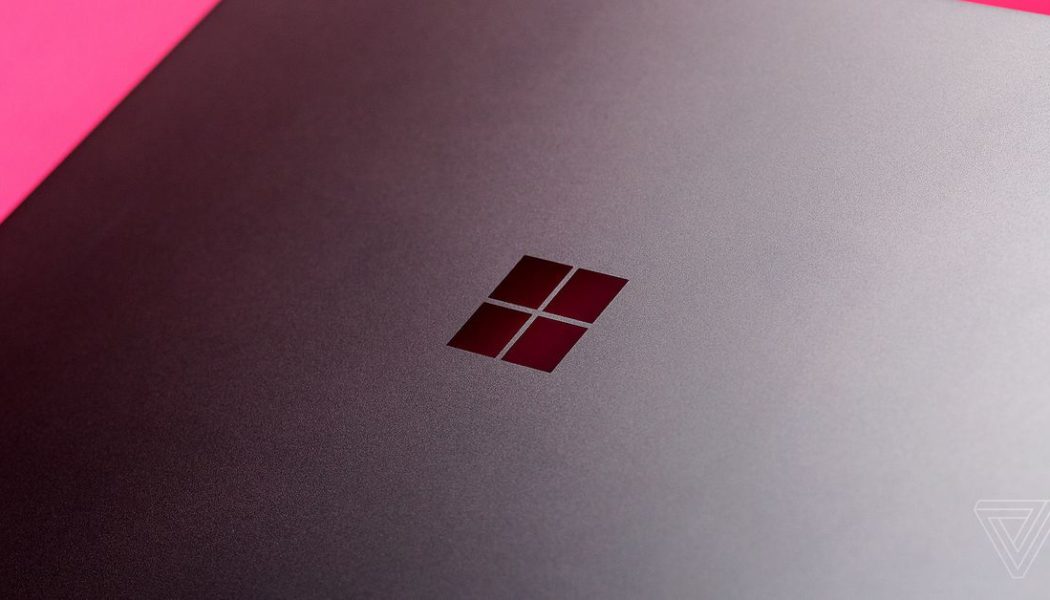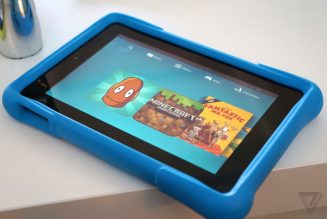
Now that Microsoft has announced Windows 11, you may be wondering what you’ll need to install it. Confirming information pulled from last week’s leak, all you’ll need to run it is a 64-bit CPU (or SoC), 4GB of RAM, and 64GB of storage, specs that are only slightly higher than Windows 10’s current requirements. This marks the end of Windows support for older 32-bit hardware platforms, even though it will continue to run 32-bit software.
The fastest way to find out if your system can handle Windows 11 is to download Microsoft’s PC Health App (click here), which will automatically tell you if your specs and settings are ready for the new OS.
The system requirements listed by Microsoft are as follows:
Processor: 1 gigahertz (GHz) or faster with 2 or more cores on a compatible 64-bit processor or System on a Chip (SoC)
RAM: 4 gigabyte (GB)
Storage: 64 GB or larger storage device
System firmware: UEFI, Secure Boot capable
TPM: Trusted Platform Module (TPM) version 2.0
Graphics card: Compatible with DirectX 12 or later with WDDM 2.0 driver
Display: High definition (720p) display that is greater than 9-inches diagonally, 8 bits per color channel
Internet connection and Microsoft accounts: Windows 11 Home edition requires internet connectivity and a Microsoft account to complete device setup on first use. Switching a device out of Windows 11 Home in S mode also requires internet connectivity. For all Windows 11 editions, internet access is required to perform updates and to download and take advantage of some features. A Microsoft account is required for some features.
In 2015, when Microsoft released Windows 10, it initially kept the same hardware requirements from Windows 8 before slightly increasing required storage size later. More recently, Microsoft’s now-abandoned work on Windows 10X showed an operating system that required even less horsepower than the standard edition, while working across a diverse spread of technology and device types.
Windows 11’s new UI, store, and other features will need to work on x86, Arm, foldable, flexible, and whatever is around the corner without breaking down or collapsing under their own weight or complicated UI layering. Microsoft had enough of that with 8 and Vista. This is a heads-up on what hardware the latest Microsoft OS targets, but we’ll need experience to tell us how well it actually runs.










